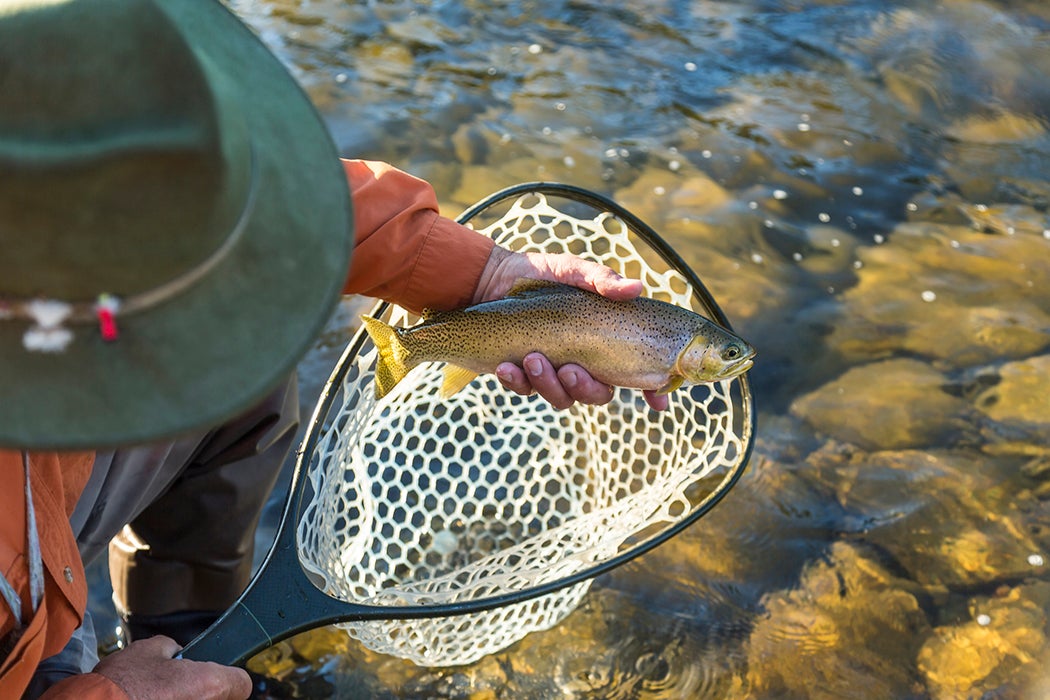It takes place out of sight of non-anglers, but fish stocking, or adding fish for the benefit of sport fishing, is a widespread practice in resource management. It may seem ironic that agencies fighting tooth and nail against invasive species would deliberately introduce non-native fish into the environment, but the logic is pretty simple. Anglers provide a lot of the capital that management agencies need through license fees and other purchases. In fact, angling/hunting groups are frequently strong allies in other complicated environmental matters such as pollution prevention or land conservation. But the practice comes with a cost, and attitudes are slowly changing.
According to biologist Edwin P. Pister, widespread trout stocking dates to the 1800s. For almost the first hundred years of stocking, there was little tracking of what fish went where. In some places, anglers requested a few rainbow or brown trout and took them on their way, to introduce wherever they wanted. Later on, management agencies kept better track of which waters they stocked. Despite honorable intentions, the use of aircraft for stocking in the second half of the twentieth century meant that sometimes pilots accidentally stocked the wrong lake.
The result was a patchwork of stocked and unstocked lakes and streams. Up to 70% of lakes in the Sierras in California might support introduced trout populations. In the past, nobody paid attention to the ecology of the lakes prior to stocking. Unsurprisingly, there were unintended consequences, especially in the western United States.
Many of the high altitude or backcountry lakes chosen for trout stocking had no fish at all in them prior to the trout’s introduction. They did have invertebrate populations which were devastated by the sudden introduction of predators with which they had no prior experience. Fishless lakes are frequently the preferred habitat for frogs and other amphibians, animals that suffered severe losses from introduced trout, writes wildlife biologist Karen L. Pope. The mountain-yellow legged frog, once abundant in mountain lakes throughout the west, is now a candidate for endangered species status.
The solution is for the most part simple but labor intensive: remove the fish. When the fish were removed from previously fishless lakes, frog populations rebounded. Critically, simply ending stocking but leaving existing fish in place was not enough—the fish had to be removed. It is too soon to tell if the food webs in these lakes can truly be restored but the positive effect on frogs has been pretty dramatic.
Today, fish stocking remains widely practiced. There is much more of an effort to avoid stocking in the most sensitive areas, and to remove fish from particularly problematic spots. Stocking programs still have a ways to go to truly reflect the conservation values upon which they were founded.







